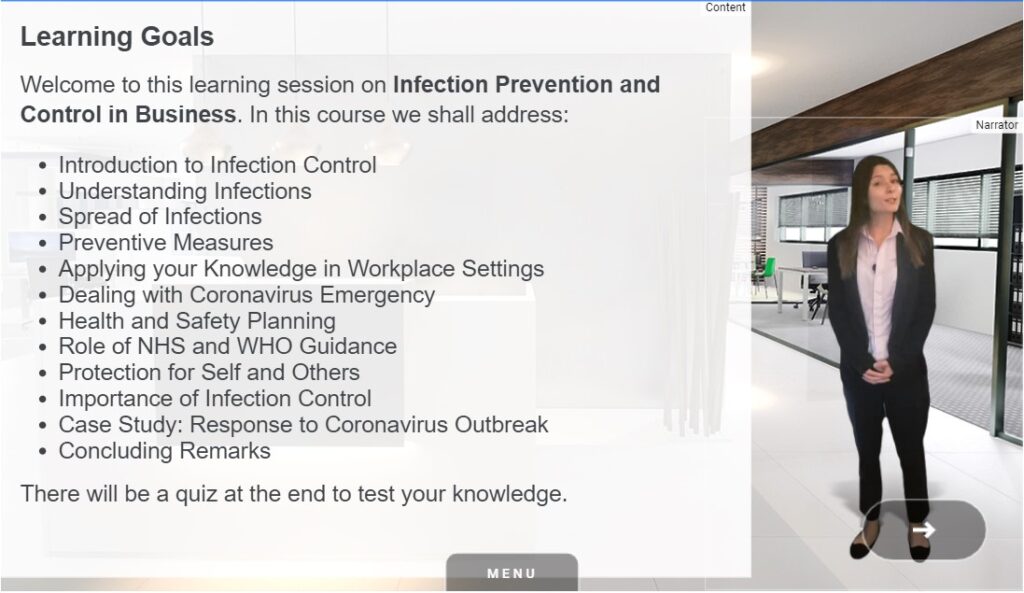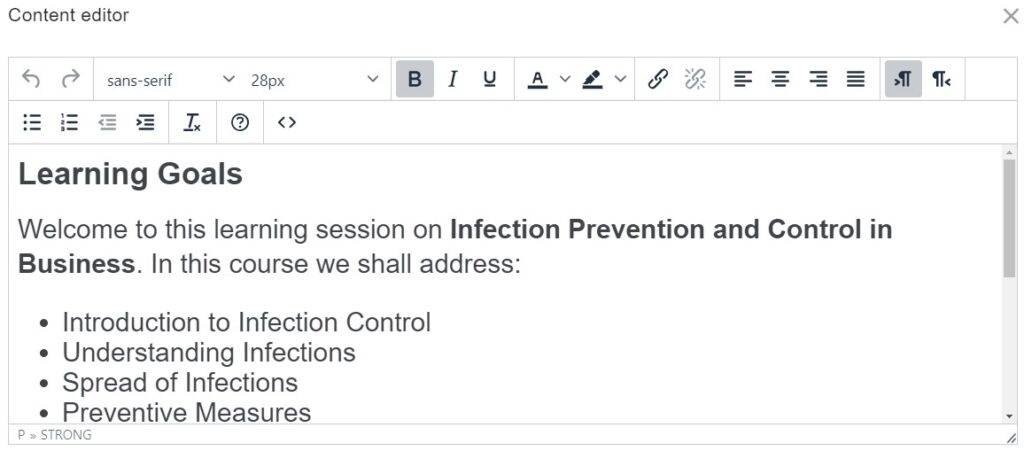
Hey there! Today, I want to dive into a topic that’s been on many of our minds: the insecurities surrounding the use of AI in creating eLearning content. With tools like Open eLMS AI promising to churn out top-notch eLearning materials effortlessly, it’s time we address the elephant in the virtual classroom. Are our fears justified, or is it time to embrace AI with open arms? Let’s explore!
First things first, let’s acknowledge the concerns. We’ve all heard the whispers that AI might replace educators or dilute the human touch in educational content. It’s a legitimate worry. After all, what’s eLearning without the personal connection that a teacher imparts, right? But here’s where the magic of AI comes into play.
Open eLMS AI isn’t here to replace teachers – it’s here to enhance them. Imagine having an AI sidekick that assists educators in creating content that is both engaging and informative. That leaves us with more time to focus on connecting with students, addressing their individual needs, and fostering meaningful discussions.

Now, you might be wondering: “Well, that’s all good, but can AI really create content that matches the quality of human-made eLearning materials?” The short answer: yes, and surprisingly well! Open eLMS AI has been trained on vast amounts of educational content, ensuring that the lessons they generate are accurate, up-to-date, and aligned with the curriculum.
Let’s face it – we educators sometimes spend hours sifting through information and structuring it into digestible lessons. With AI, this process becomes a breeze. It helps in organizing content logically, ensuring that every piece of information finds its right place. And the result? Crisp, coherent eLearning materials that can help students grasp even the most complex topics without breaking a mental sweat.
Now, I get it. Trusting a machine to understand the nuances of education can be nerve-wracking. What if it misinterprets a concept or fails to capture the essence of a subject? But here’s the kicker – AI is continuously learning. It adapts based on user feedback and refines its understanding with every iteration. So, while it might not get it right the first time, it’s determined to improve, just like we do as educators.
Another common concern revolves around the uniqueness of content. Will AI churn out cookie-cutter lessons that lack personality? It’s a valid point, but the reality is different. AI-generated content is like a canvas primed for the teacher’s creative strokes. You can personalize and inject your unique teaching style into it. Add anecdotes, real-life examples, and your touch of humor – the AI doesn’t stifle your individuality; it amplifies it.
All AI driven tools should be paired with a content editor. For instance, as well as personally instructing the AI to generate lessons as if generated by a unique teacher themselves, using Open eLMS creator, text can be further edited to infuse such personalisations and uniqueness into every lesson.


And let’s not forget the silver lining that AI brings to the table: accessibility. Not all educational institutions have access to a treasure trove of resources. AI-driven eLearning authoring system such as Open eLMS AI tools level the playing field, offering quality content to a broader audience. From urban classrooms to remote villages, everyone gets a shot at quality education.
So, should we be insecure about using AI in creating eLearning? The answer lies in realizing that AI isn’t an adversary; it’s an ally. It’s not here to replace educators but to empower them. Open eLMS AI acts as force multipliers, freeing up our time and energy to focus on the human aspects of teaching.
In a world where technology is transforming every facet of our lives, embracing AI in education is a natural progression. So, my fellow educators and learners, let’s shed those insecurities and dive headfirst into the AI-driven eLearning realm. After all, if we can adapt to smartphones and online learning platforms, why not welcome AI into our educational arsenal with open arms? It’s not about machines replacing us; it’s about machines helping us soar to new educational heights.
